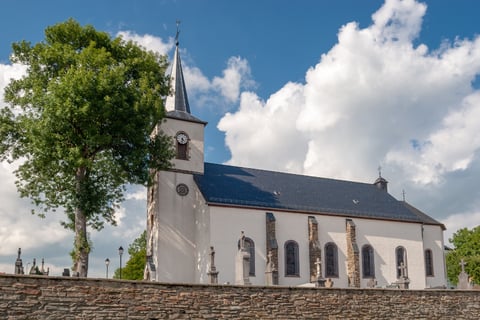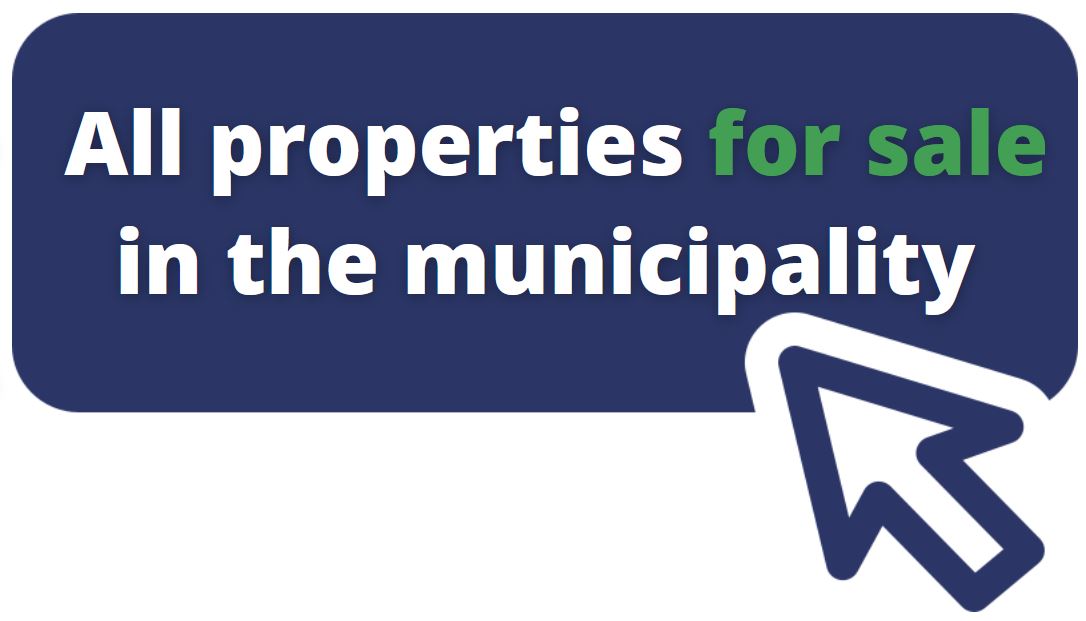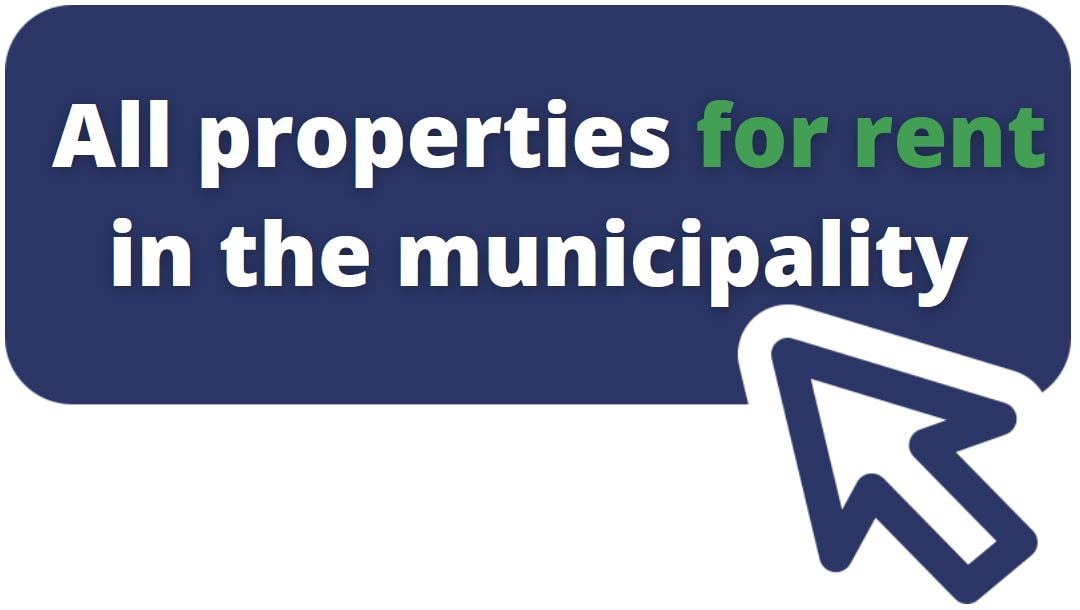
Living in Luxembourg: Focus on the Municipality of Mamer
In the south-west of the Grand Duchy, close to the Belgian border, Mamer is the new “place to be” for families who want to combine a green living environment with services worthy of the 21st century.
Mamer, with its 7,600 inhabitants, is the main town of a municipality that also includes the villages of Capellen and Holzem. Although located in the countryside, this small town is half an hour from Luxembourg city thanks to the A6 motorway, and is also served by train and numerous buses.
Moving to Mamer
The dynamism of the locality, illustrated by the Capellen business park where hundreds of jobs have been created, is also remarkable in terms of service infrastructures and cultural and leisure facilities. An obvious asset in a real estate project...
→ Educational infrastructure
The two buildings of the elementary school were commissioned in 2005 and 2011 respectively. The school can even boast of having a real school campus as the site includes a sports hall and several playgrounds adapted to different ages. It accommodates 600 pupils from pre-school to cycle 4.2. In Capellen, the school welcomes 200 students. Additionally, two “maisons relais” are opened to kids in Mamer and Capellen.
As far as secondary education is concerned, the Josy Barthel High School opened in 2003. It has a capacity of 1,300 students and its catchment area is much larger than the municipality. It offers 60 classrooms and 16 workshops, and general and vocational courses. Parents can therefore expect their children's education to be within reach.
→ Cultural facilities
Another symbol of the municipality's dynamism is the installation of its administrative services in a part of the old Mamer castle, which has been carefully restored with contemporary architectural notes (such as the glass constructions that connect the buildings). In addition to the administration working spaces, the site includes a room dedicated to local associations and an exhibition gallery.
In the adjoining park, two sculptures pay tribute to the sportsmen who made the glory of Mamer: Nicolas Frantz, double winner of the Tour de France cycling race, and Josy Barthel, Olympic champion in the 1,500 metres in 1952.
Regarding culture and heritage, the town boasts a beautiful church with a long history (the choir dates from the 16th century and the nave from the 18th) and splendid baroque furniture. The Kinneksbond centre offers several spaces and proposes a rich and varied programme (theatre, concerts, visual arts).
→ Sport and leisure activities in a green setting
Living in Mamer also means enjoying a particularly green environment: for a territory of 17 km², the municipality has 5 km² of forests and 8 km² of agricultural crops. These bucolic landscapes can be discovered along 122 km of hiking and mountain bike trails! And on a daily basis, many other sites and facilities allow children and parents to enjoy the surrounding nature or to practice sports activities. Let's mention the Brill park, with its playgrounds, sports fields and skate park, or the Drëps site, between the forest and the river, dedicated to picnics and afternoons in the open air... It is also equipped with a signposted educational trail.
Two sports halls and a tennis complex are also accessible to all, and a swimming pool is dedicated to the high school students. In this municipality, which actively promotes a policy of sustainable development, there is no need to take a plane to enjoy the pleasures of the beach: Capellen has a beach volleyball court!
Real estate prices in Luxembourg: the municipality of Mamer
Mamer is a residential town of choice, free of high-rise buildings and other traffic problems, it is therefore a logical choice for households looking to move on! And property prices are also attractive.
“For example, new projects require 11-12,000 euros per square metre, or 150,000 euros per acre of land,” explains Mayor Gilles Roth. The construction of 600 new homes is also planned.
The history of Mamer
Established in the valley of the river which gave it its name, the river Mamer, the commune was already occupied during Roman antiquity. Remains of thermal baths have been found. However, it was only in the 10th century that the village was first officially mentioned, when Countess Luitgarde of Luxembourg gave the land and the village to the monks of the Abbey of Saint Maximin of Trier.
It was at this time that a first seigniorial castle was built for defensive purposes, which was remodelled into a more comfortable residence over the centuries... In ruins after the French Revolution, it was rebuilt in 1830 and surrounded by a vast protective wall, and finally acquired by the commune in 1995 after having been for a time the centre of a farm...
In the meantime, Mamer had a local hero in the person of Nicolaus Mameranus who obtained from the Emperor to finance the restoration of the village after it had been pillaged by enemy troops.
But it was not until the 19th century that the village really developed, thanks in particular to its geographical location on the road linking Luxembourg to Brussels, and then on the railway line built between the two capitals. The first railway station was opened in 1859.
In the 20th and 21st centuries, this exceptional situation has ensured the prosperity of the municipality. The growth of the Capellen business park and the well-preserved living environment have boosted the population, which nevertheless remains “reasonable”. The municipality of Mamer (excluding Capellen and Holzem), which had 4,200 inhabitants in 1985, passed the 5,000 mark after the year 2000 and is now slowly approaching 8,000 inhabitants. It's up to you to decide whether you will be next in line!


